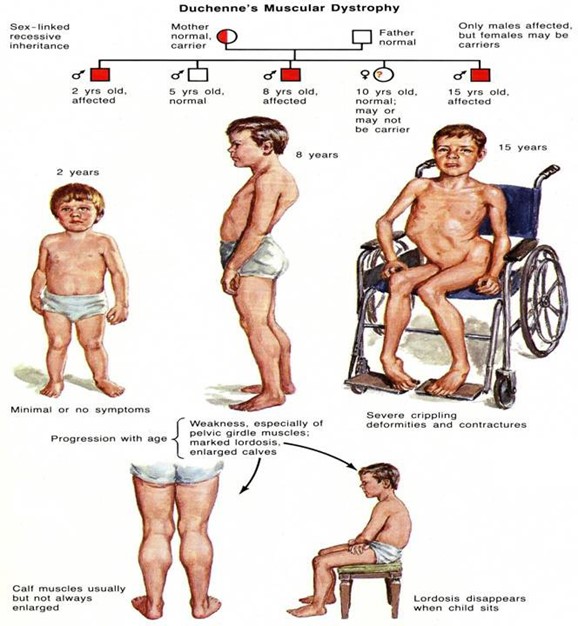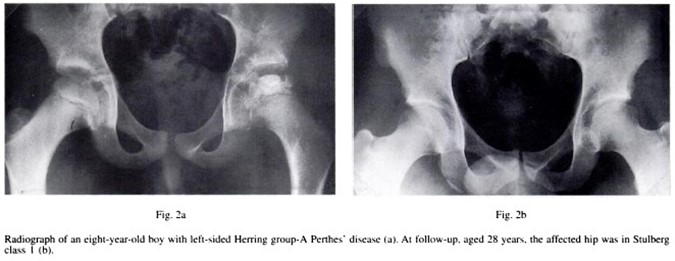The nurse is teaching family members of a child newly diagnosed with muscular dystrophy about early signs.
The nurse knows that teaching was successful when a parent states that which of the following signs may indicate the condition early?
High fevers and tiredness.
Increased muscle strength.
Respiratory infections and obesity.
Difficulty climbing stairs.
The Correct Answer is D
Difficulty climbing stairs is an early sign of muscular dystrophy.
This is because the condition causes progressive muscle weakness, which can make it difficult for the child to perform physical activities that require muscle strength.

Choice A is not the best answer because high fevers and tiredness are not specific to muscular dystrophy and can be caused by many other conditions.
Choice B is not the best answer because muscular dystrophy causes muscle weakness, not increased muscle strength.
Choice C is not the best answer because respiratory infections and obesity are not specific to muscular dystrophy and can be caused by many other conditions.
Nursing Test Bank
Naxlex Comprehensive Predictor Exams
Related Questions
Correct Answer is B
Explanation
Radiographs are vital to the diagnosis of Legg-Calve-Perthes disease.
Initial X-rays might look normal because it can take one to two months after symptoms begin for the changes associated with Legg-Calve-Perthes disease to become evident on X-rays.
The doctor will likely recommend several X-rays over time, to track the progression of the disease.

Bone biopsy is not a diagnostic procedure for Legg-Calve-Perthes disease.
MRI can visualize bone damage caused by Legg-Calve-Perthes disease more clearly than X-rays can but are not always necessary.
Genetic testing is not a diagnostic procedure for Legg-Calve-Perthes disease.
Correct Answer is C
Explanation
Amniotic fluid helps cushion the baby12.
It acts as a shock absorber and protects the fetus from injury should the mother’s abdomen be subject to trauma or sudden impact.
Choice A is incorrect because the amniotic fluid does not provide oxygen to the fetus.
Oxygen is provided to the fetus through the umbilical cord.
Choice B is incorrect because amniotic fluid is not how the baby is fed. The baby receives nutrients through the umbilical cord.
Choice D is incorrect because while amniotic fluid does have some antibacterial properties2, it does not prevent viruses from passing to the baby.
Whether you are a student looking to ace your exams or a practicing nurse seeking to enhance your expertise , our nursing education contents will empower you with the confidence and competence to make a difference in the lives of patients and become a respected leader in the healthcare field.
Visit Naxlex, invest in your future and unlock endless possibilities with our unparalleled nursing education contents today
Report Wrong Answer on the Current Question
Do you disagree with the answer? If yes, what is your expected answer? Explain.
Kindly be descriptive with the issue you are facing.
